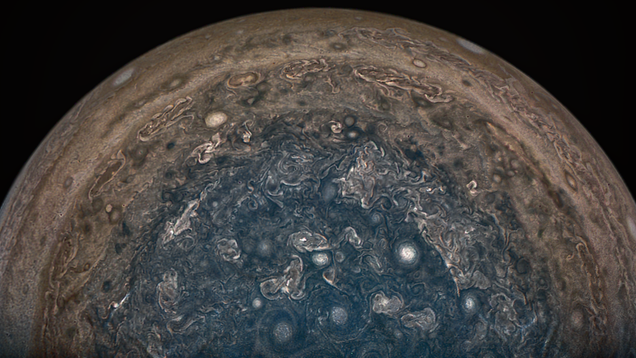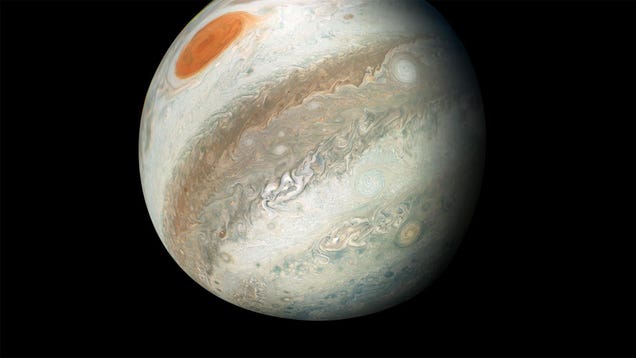
As the largest planet in our solar system, Jupiter is not one to play with. That doesn’t stop wandering comets or asteroids from testing the gas giant, occasionally crashing into Jupiter due to its enormous size and immense gravitational pull.

A group of radio telescopes in the Chilean desert was aimed at a young star system 400 light years away when it detected something unusual: a cloud of debris chasing a planet along the same orbit. The debris could be a planet in the midst of being born or the remains of one that already exists, making this the first…
K. Miller/R. Hurt (Caltech/IPAC

Researchers studying a distant star forming within a dusty cloud have found an abundance of water in its immediate vicinity, which could have implications for the origins of the water in our own solar system.
SpaceX livestream/Paul Hennessy/SOPA Images/LightRocket via Getty Images

Researchers observing a background star pass behind Quaoar, a dwarf planet in the Kuiper belt, found that the distant object has a ring system unlike any previously found in our solar system.

Jupiter is a superstar in our solar system. It’s the biggest, it’s wonderfully gassy, and it now has the most documented moons, clocking in at 92 natural satellites.
Astronomical phenomena tend to occur over timespans that dwarf our human scale—a galaxy changes over millions and billions of years, not decades.
The mysterious iron ball at the center of the Earth may have stopped spinning and reversed direction
Getty Images
